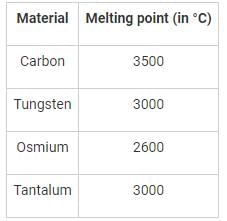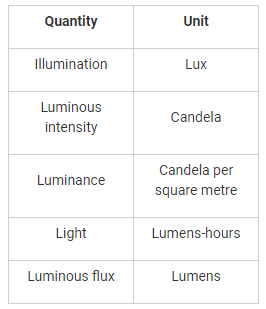Test: Utilization of Electrical Energy- 1 - Electrical Engineering (EE) MCQ
20 Questions MCQ Test Electrical Engineering SSC JE (Technical) - Test: Utilization of Electrical Energy- 1
Which of the followings falls under the category of the plastic or non-fusion welding?
The proper selection of welding depends upon, in addition to cost involved:
A rectifier used for welding has voltage current characteristic as:
Which of the following filament material has the lowest melting point?
In electric discharge lamps, for stabilization of arc:
When a sodium vapor lamp is switched on, initially the color is:
The type of drive used for a paper mill requiring a constant speed operation and the flexibility of control is:
The least significant electrical characteristic in the selection of the electric motor for a flour mill is:
Trapezoidal speed-time curve pertains to:
For a given value of an average speed, decrease in duration of stops causes:
The most modern method for the food processing is:
The power factor will be maximum in case of:
The dielectric loss in a dielectric is proportional to:
The supply frequency usually employed for high frequency eddy current heating is:
The process of providing an oxide film is known as:
The filtration of electrolyte is necessary:
|
23 videos|89 docs|42 tests
|
























